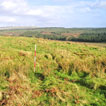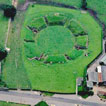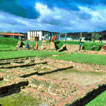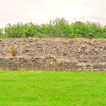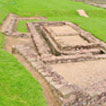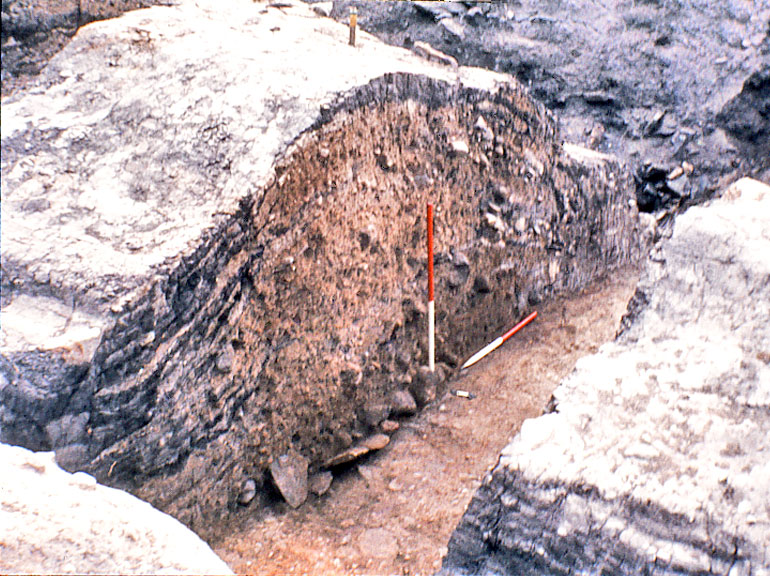Roman Army
When Rome, the super-power of the day, invaded Britain, it employed two types of troops, legionaries and auxiliaries. The legionaries, all Roman citizens, were heavy infantry, typically armed with a short sword for stabbing, a large shield and a couple of throwing spears, and equipped with body armour Auxiliaries were much more diverse and included light infantry, cavalry and specialist units such as archers or slingers. They were recruited from the conquered peoples of the empire but served under Roman citizen officers. If they survived their 25 years’ service, they could look forward to a grant of Roman citizenship along with their golden handshake.
During the conquest period, legionary and auxiliary forces were used in flexible combinations. Some of their movements during the summer campaigning seasons can be traced through their temporary camps, such as the ones at Melincourt and Blaen-cwm-bach above the Neath valley. For the winter they constructed more durable forts with defences of earth, turf and timber, and timber internal buildings. The Trust excavated part of some barracks from the conquest-period fort at Cardiff. As their grip on the area increased, the network of forts was reconfigured. On sites where occupation continued, timber was eventually replaced by stone.
The highest-ranking unit in our area was the Second Augustan Legion at Caerleon, where a fortress was built in the 70s to replace an earlier one at Usk, which had been manned by the Twentieth Legion before it was moved northwards. Although parts of the fortress were built up in the 20th century, the site remains the least disturbed legionary fortress in Britain, where visitors can see parts of the defences and the baths, the amphitheatre and some barrack blocks. By the 2nd century, the auxiliaries manned forts at Loughor, Neath, Coelbren, Merthyr Tydfil, Gelligaer, Caerphilly, Cardiff and Abergavenny, although the exact units involved are unknown.
Fewer forts seem to have been occupied in later centuries. Whereas Cardiff was rebuilt in the later 3rd century, at Caerleon the HQ building and fortress baths were carefully dismantled, although we cannot yet be sure whether this was because the new-style legions following reforms by the Emperor Diocletian were much smaller and therefore did not need such large buildings, or whether the army had abandoned the fortress completely.
